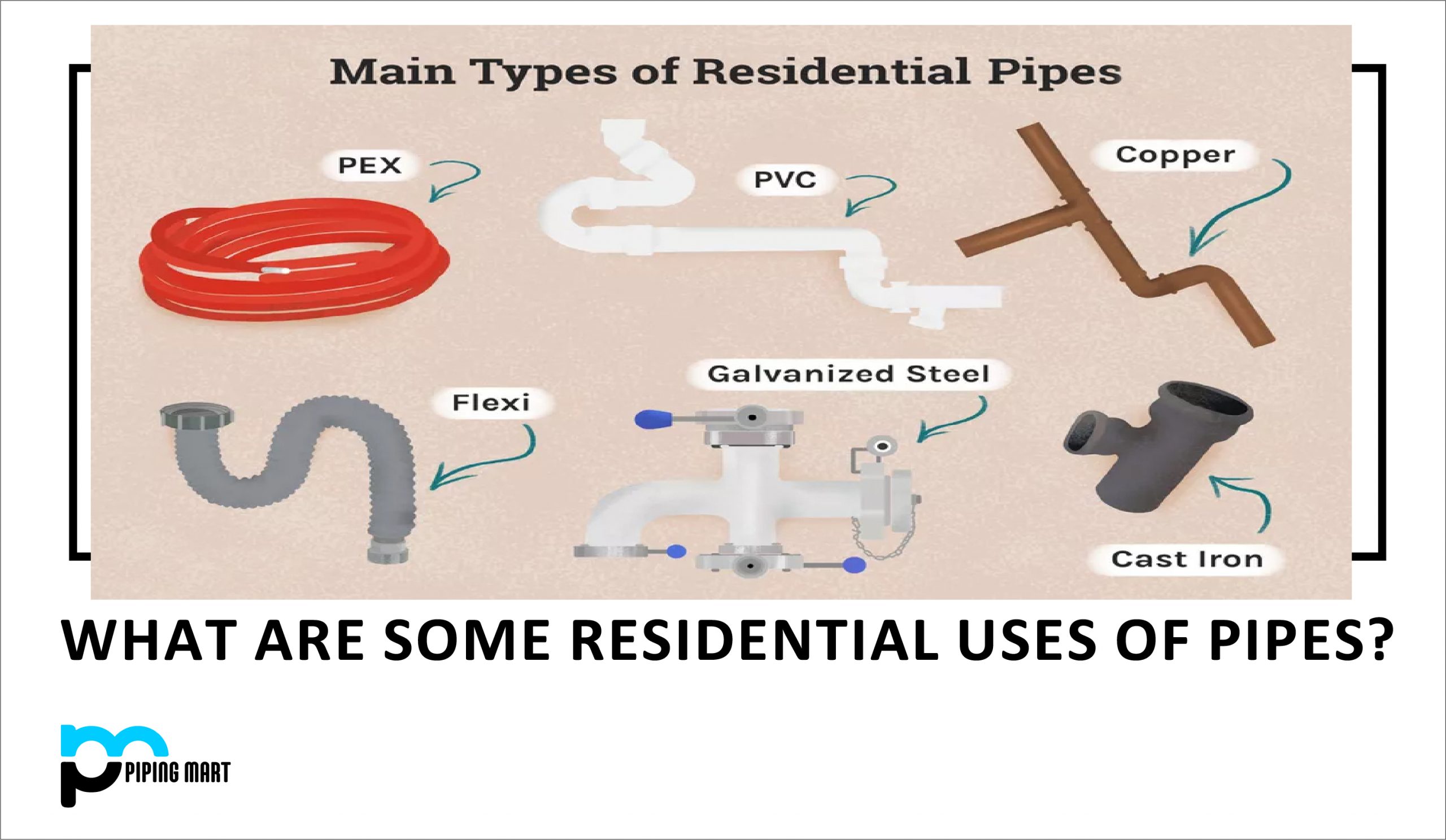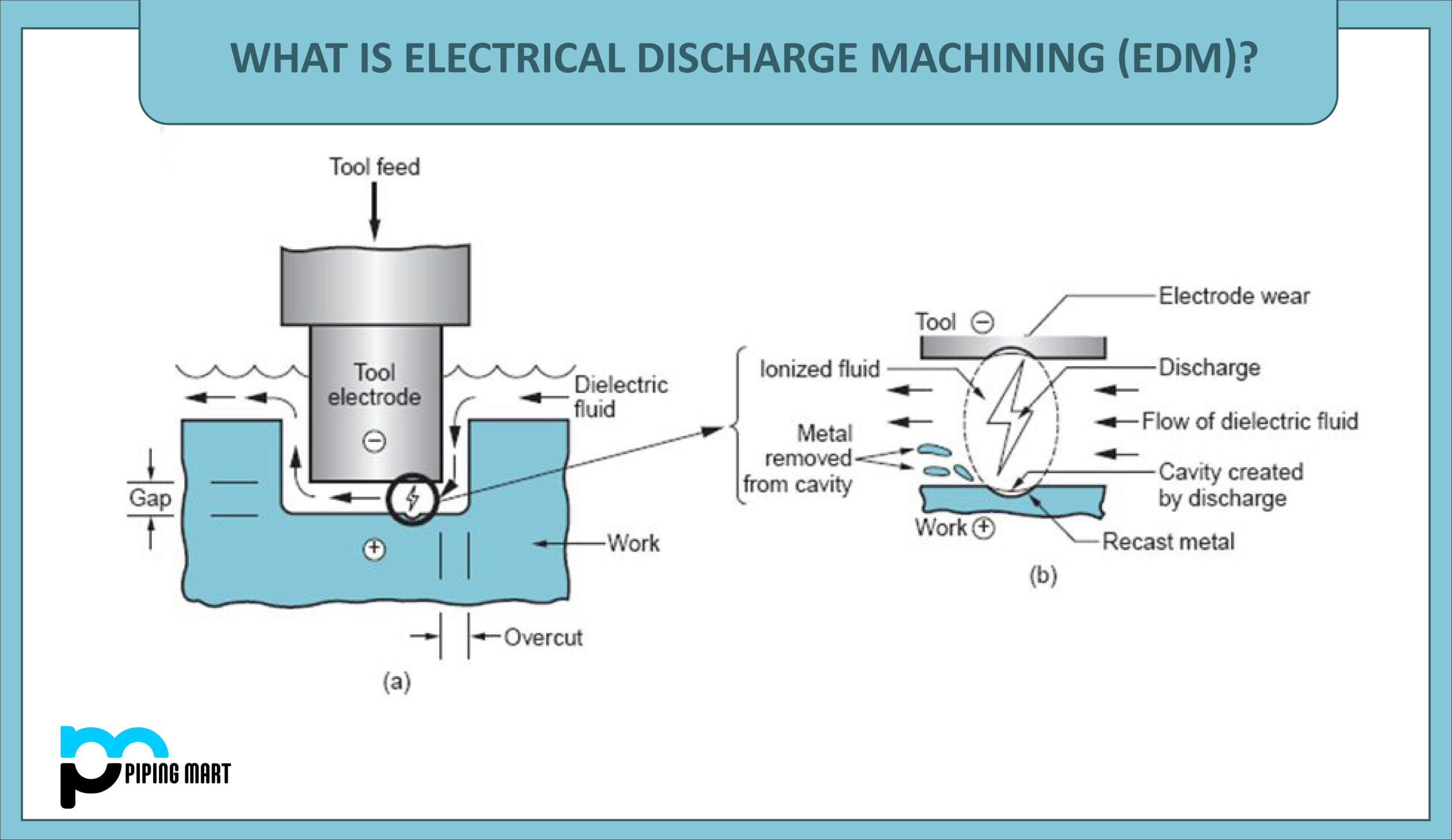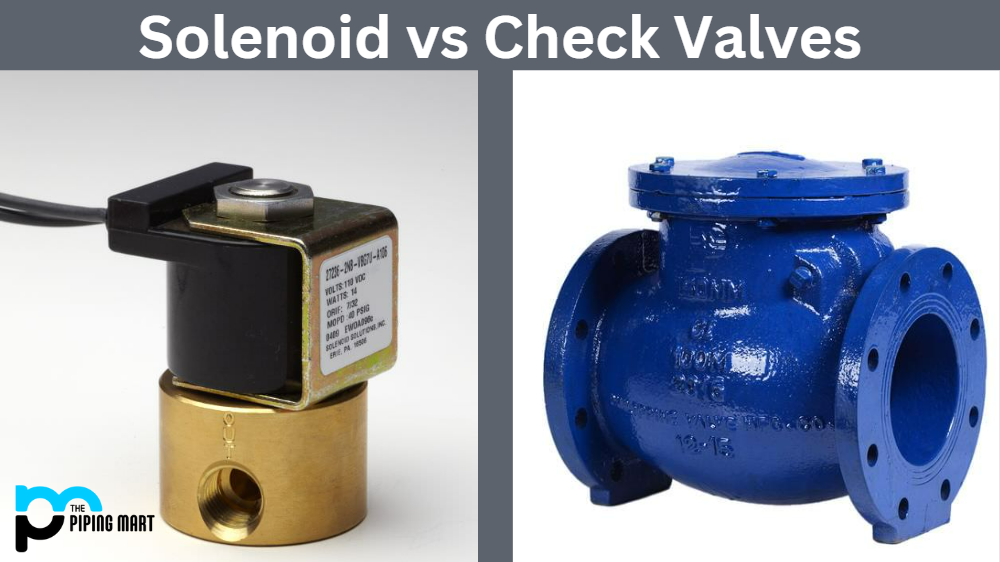Residential Uses of Pipes
- Plumbing
- Sewage
- Electrical conduits
- Decorative
- HVAC systems
Pipes are used in a variety of residential applications to maintain a structure’s plumbing, sewage, electrical, and HVAC systems. Pipes are intended to facilitate fluid transmission and flow, making them a versatile material in the house. Most of the utilities in this type of building won’t even work if these materials aren’t there.
Different types of pipelines have different qualities, and their usefulness varies depending on the specific use. While the most typical usage is for fluid conveyance, pipes may also be used to hold electric wires or even for decorative purposes. Keep reading to find out more.
Plumbing
Pipes are commonly used in residential spaces to ensure that plumbing systems are in place. Every house has its own network of water supply lines. These materials are frequently linked to other components such as water meters, which aid in determining the building’s monthly water usage. This information assists water service providers in charging bills and even resolving plumbing-related issues.
Although cast iron pipes are being used in older homes, steel pipes are the most preferable due to their multiple qualities. Steel is a highly ductile material that can be formed into a range of forms. This simplifies the pipe installation and maintenance operations, which is significant during repairs. Another advantage of steel pipes is their durability; they may survive for up to five decades without being damaged.
Sewage
Sewerage pipes, which assist in redirecting the flow of wastewater out of the building, are another use that may be seen in residences. Septic tanks are commonly used to store sewage effluent. The waste substances can either be deposited in an external filtration plant or treated on-site in the tank itself.
As previously said, steel pipes are strong enough to withstand sudden pressure fluctuations in the flow of fluids. As a result, they’re an excellent option for material for sewage systems. They do not leak, fracture, or develop pitting corrosion, which can create holes in the pipes and seam breaks.
Steel pipes avoid unwanted contaminants that may occur when wastewater flows into the soil; after all, this may be hazardous to the base of the construction. Furthermore, the pipes prevent wastewater from being regurgitated back into water basins or containers such as sinks, bathtubs, shower floors, or other indoor drains.
Electrical Conduits
With the correct installation and design of electrical equipment, it is also feasible to power all of the electrical utilities within a residence. This is accomplished by ensuring that all electrical wiring is well-organized and free of external elements that might disrupt a building’s power supply.
Keeping this in mind, pipes may also be used to house electrical conduits in any household. Depending on the material, several variants may occur. Examples of these are rigid metal conduit pipes, electrical metallic tubing, and rigid polyvinyl chloride (PVC) pipes.
Depending on the supplier, electrical conduit pipes, as compared to sewage pipes, have smaller diameters, ranging from 20 millimeters to 32 millimeters. They are frequently seen in underground power lines or exposed wiring in houses and protect the wires from the weather.
Decorative
Housing pipes have good recycling or repurposing qualities. That’s why they may also be used for decorative purposes. Repurposed pipes, for example, maybe cut and changed to become clothes racks, pen holders, garden pots, storage facilities, and a variety of other things.
Steel pipes are superior to other types of pipes for decorative purposes since they can be recycled indefinitely without losing their qualities. If you have the necessary equipment and materials, you can make any custom-built object out of recycled steel pipes.
HVAC Systems
Other residential pipe applications can be found in the building’s various HVAC systems. Refrigerators, air-conditioning system units, condenser units, water heaters, water pumps, and other types of ventilation systems are examples of these.
Because of their capacity to tolerate fluctuations in pressure and temperature without damaging the material, various pipe types—whether copper, cast iron, or PVC—are still commonly utilized in HVAC systems. Steel pipes, for example, do not burn and are therefore termed fire-resistant. This is advantageous for any HVAC system that is dedicated to heating or cooling. Copper pipes, on the other hand, are ideal for outdoor air conditioning condenser units, whereas PVC-based pipes are mostly used in ventilation equipment.

Pipingmart is B2B portal specializes in industrial, metal and piping products. Also, share latest information and news related to products, materials and different types grades to help business dealing in this industry.




